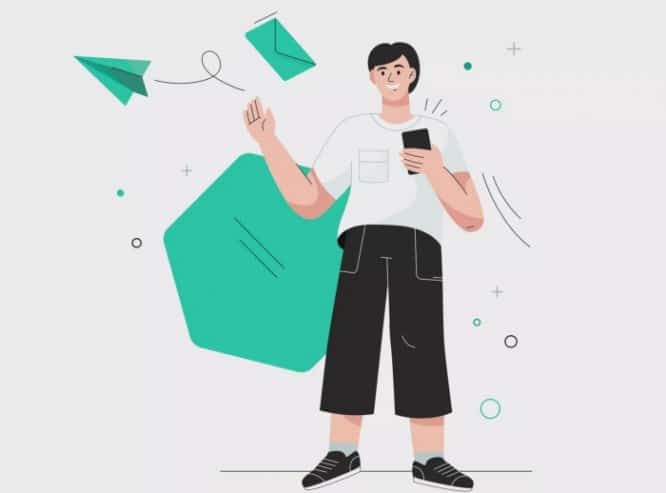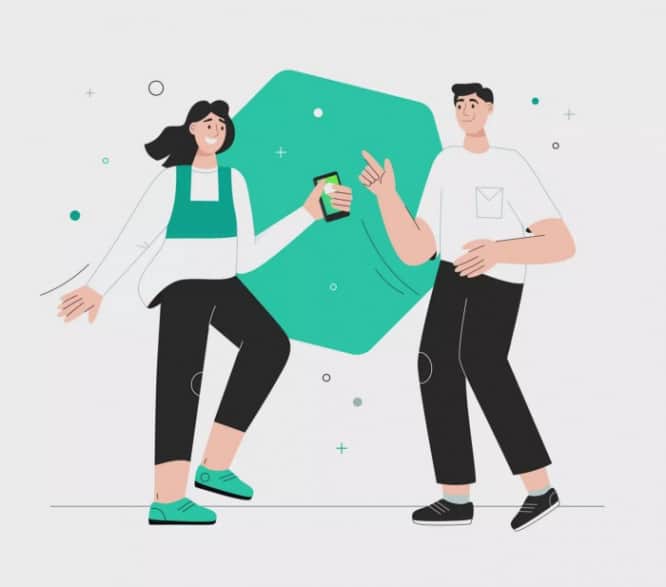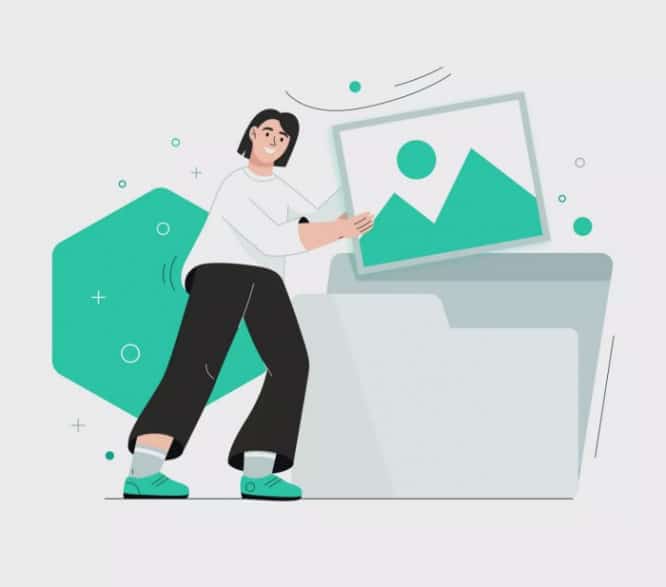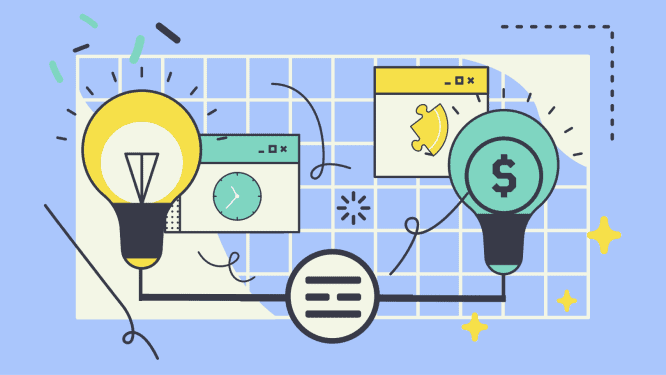What should a designer write on a resume to get noticed
Hi, I’m Nikita, a product designer at Kaspersky. Looking through hundreds of designer resumes every day, I see the following picture in every second one:
- Work experience 10 years;
- I am confident in Adobe Photoshop, Adobe XD, Illustrator, Sketch, Figma, Miro;
- Skills in animation, 3D, prototyping, typography and composition;
- I design custom scripts, develop layouts, communicate with stakeholders, developers;
- I was assigned tasks in Jira, I write product documentation in Confluence and generally work according to the Agile and Scrum methodology in a large well-known company.
I will not hide it, this was also present in my resume. Absolutely all of the skills described above are important, useful, and define a job seeker as a good designer. But over the years of work in this area, I have become convinced: in fact, the designer must own these default tools and techniques in order to meet the requirements of the market. All of these skills are categorized as hard skills. At the same time, there is a nuance that designers most often overlook – these are soft skills. Those skills that determine the value and level of a designer, regardless of technical tools and fashionable techniques.
Do a simple exercise – imagine yourself without Figma and Agile for a second, abstract from your hard skills and think about how valuable you are to the company and the team as a person, which allows you to effectively solve problems and make the right work decisions.
…
This set will be different for different designers – like a character in a game, when you choose and combine skills and pump them by completing quests. For myself, I have identified five basic “soft” skills that I constantly use in my work, and I will talk about them in this article.

1. Ability to communicate effectively – to convey your message
One of the most obvious skills a designer needs is communication skills. But despite the obviousness, everyone interprets it differently. You don’t have to be talkative and chatting with everyone in the smoking room or coffee points. The effectiveness of communication is not measured by the volume of words and the number of people with whom you communicate, but by the specific goals that you achieve due to the ability to express your thoughts in a capacious way. For example, the goal is to approve the layout as a result of negotiations with stakeholders or to schedule a personal meeting with the client by writing in the messenger.
In all types of communication, from meetings to work chats, use a product approach. This is when you first study the target audience, then determine its interest in the topic and its pain (even if only briefly). To convey your thought, you need to build a funnel of communications and at each stage consistently close the specific need of a person or audience.
If you need to present a design layout to stakeholders, think about what is important to them in your design decision. Business is not always interested in what attractive “cute” things you used in your layout. Focus on specific metrics that can be achieved through your design. Provide the results of UX research that identified user problems and show how your design addresses those problems.
An example from my practice. In order to hire additional designers to the team, I needed to argue this need in front of the leadership. To do this, I did not choose the traditional approach “We are not doing anything”, but explained that a lack of resources can lead to a loss of quality. Designers will not focus deeply on projects, and the loss of quality will negatively affect the business metrics of the product itself. I spoke the language of business, and the management understood and heard me.
Experiment to be interesting and credible, tell stories, provide examples and anti-examples, and refer to authoritative sources.
…

2. Empathy – to understand what others want
Emotional intelligence is the ability to recognize your own emotions and the emotions of others. Be more empathetic, listen to yourself, reflect, understand how emotions depend on environmental factors. Put yourself in the shoes of others, try to understand the reasons and motives that caused certain feelings in the people with whom you interact.
Understanding your colleagues will enable you to predict and influence work situations, build strong relationships of trust, and prevent conflict. If you understand the emotions and pains of users of your product, you can design more effective interfaces that prevent users from frustrating along the way.
For me, the signal that I needed to pump empathy was the situation in UX research. When we tested the remote desktop interface, I fell in love with my solution design and ignored feedback to satisfy my own ambition. In practice, it turned out that the user does not need the connection settings section at all, all the parameters are configured for him by the administrator, while the user just needs to enter a username and password. I so did not want to cut them out. At some point, I had to admit (as strange as it may sound) that solving the user’s problem is more important than pleasing my own ego. And I simplified the script, removed the connection settings section from the main user path.
Emotional intelligence helps in negotiation. When you control your emotions, do not allow yourself to speak out harshly, listen to your opponent and calmly, balancedly answer, indicating your position, this helps to conduct successful negotiations, even if inside you are angry and fundamentally disagree with the opposite point of view.

3. Self-confidence – to protect your decision
Presenting an idea to a large audience, designers often face criticism and immediately begin to think that their solution has no right to continue to exist. They are depressed and lack motivation to continue. This happens when a person is not confident in himself and his decision, and even minor comments confuse him and make him vulnerable.
To avoid such situations, be brave, trust yourself and appreciate every detail of your work, even if it came easy for you. And then any of your decisions will become more advantageous and will inspire confidence. Learn to perceive criticism correctly, remember that it is your project that is being criticized, not you as a person. Take it as a continuation of your idea and an opportunity to make it even better.
Even if you did make a mistake, take it as an advantage and a positive experience that will help you in the future. As in Dud’s issue about Silicon Valley: when applying for a job, they look at the number of failures. Failures are important because they teach you to climb.
…
I am familiar with the fear of the unknown when they pose a problem that I have never faced, or the fear of using a new tool. Even writing this article, I put off as far as possible and could not muster the strength to justify myself. I’m not a writer, I’m a designer, what an article. But without writing this article, I would not have learned about editing, storytelling, and a new way of expressing my thoughts.
Choosing familiar methods instead of new ones due to lack of confidence in our abilities, we do not develop and stand still. New knowledge and skills appear at the junction of something known and unknown.
4. Helicopter View: the ability to see the whole picture as a whole
Before starting the task, I “zoomed out” to the scenario level (a kind of quadcopter skill) – I look at related problems from this height, then I rise to the product level, then to the level of related teams, and so on. And at each level, I find new inputs and something with which my solution may intersect.
This allows you to calculate the situation several steps ahead, rethink what is, and see prospects that will not only work here and now, but will also help avoid problems in the future. It often happened in our team that the designer spent a lot of time working out the script, not knowing that the guys in the neighboring department had already worked and successfully implemented a similar case for a long time. You could have saved a lot of time by first knowing what others are doing.
A designer at the start of his career is sometimes clumsy and does not see anything beyond the task in Jira. Therefore, a beginner needs a clear formulation of the problem, which often already has an obvious solution and is performed according to a given framework. Of course, asking questions when setting a problem is essential, and this is a key part of the process. But a more experienced designer will “dig deeper”, he does not limit himself to what he was given, but investigates, studies and as a result finds related problems and options for their solution.
5. Continuous learning – to be one step ahead
To learn the art of kung fu, it is not enough to read a book about it, you need a mentor-sensei and constant practice 🙂 The situation is similar with design skills. Books and courses provide basic skills, allow you to quickly familiarize yourself with the studied area. Then you need a reference, a mentor, a mentor and a sandbox for practice. All these opportunities exist within your company – learn from your colleagues, leaders, people within the community.
I often ask for some serious meetings with people I want to learn from, and I just listen, pay attention to details, analyze their actions and processes, and feel free to ask for advice or recommendations on solving the case. And not only from the bosses, but from all colleagues.
Conclusion
When you write a resume, pay attention to your soft skills and try to formulate them based on real cases from your practice, tell how they helped you solve a problem or achieve a result. Indicate this in the comments or in your cover letter, do not limit yourself to the portfolio and the list of tools used.
For example:
– Built processes within the design team from related departments through effective communication, brainstorms and synchronized meetings.
– As a result of the designers’ work on the project, the number of active users has grown 5 times. The product entered new markets, the design team has doubled.
– Convinced management to invest in design and conduct UX research, showing the value of real user feedback.
– I supervised the work with external agencies, before starting work I immersed them in the product, this made it possible to reduce the time for editing in the layouts, since the agency did not previously understand what this or that functionality was needed for.
Source: DesignKabak

